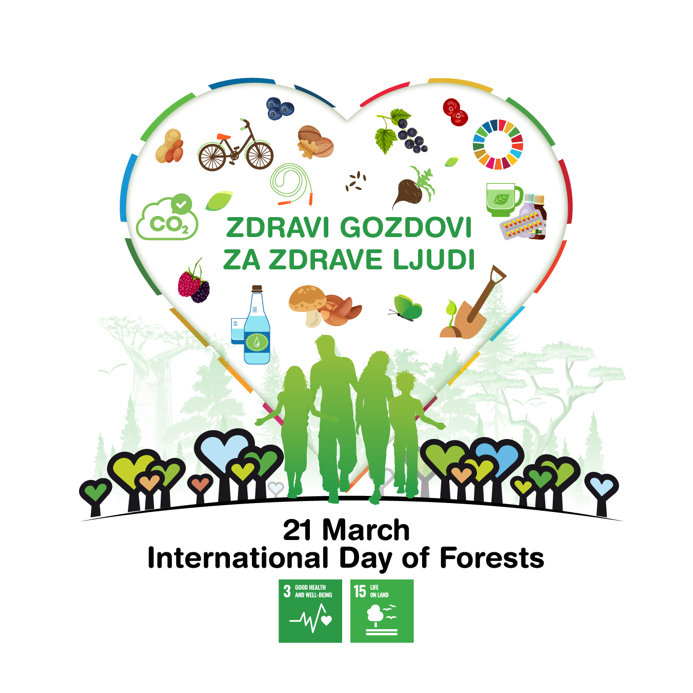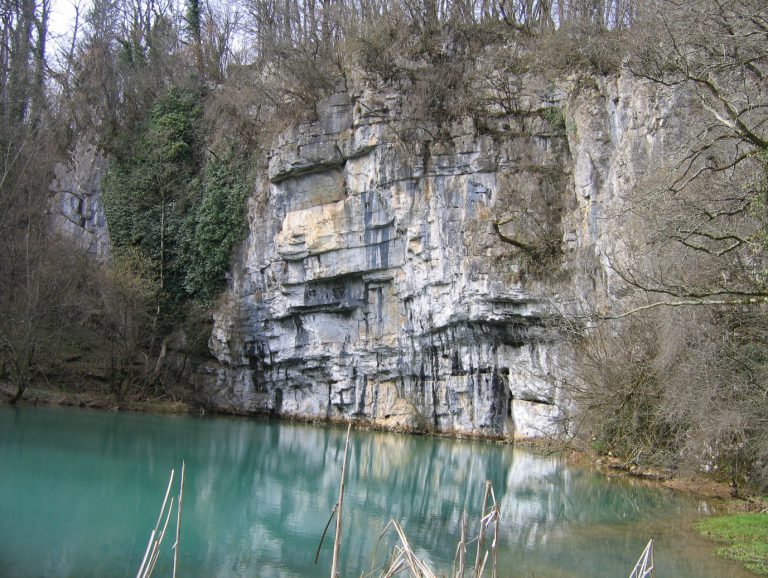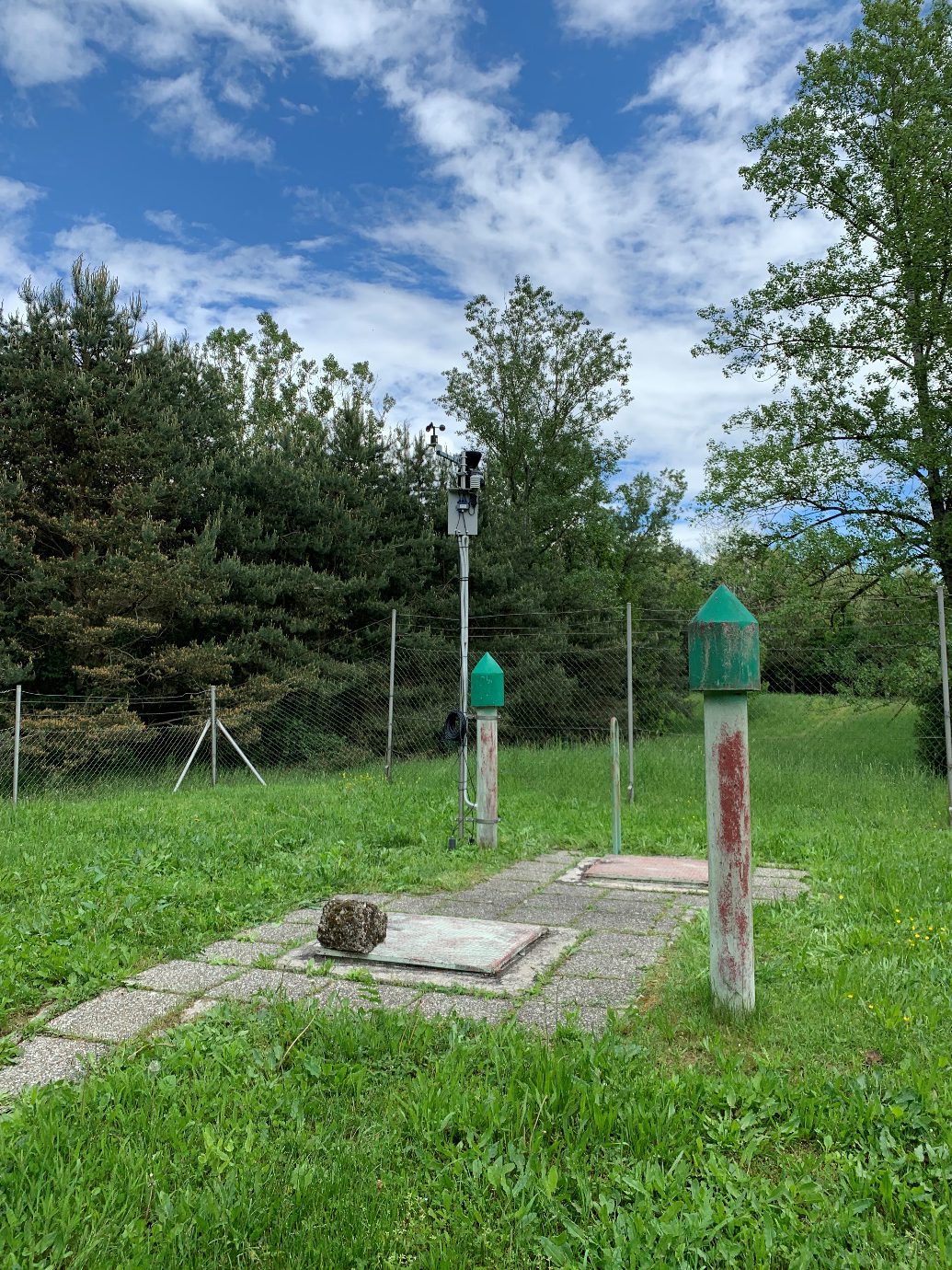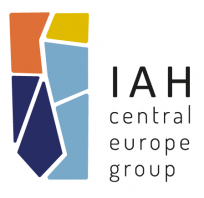Field trips
Please find the field trip book here.
Three field trips will be organized to present the diversity of hydrogeology in the Alpine-Dinaric-Pannonian junction. Please note that the number of available places for most of field trips is limited due to transport restrictions (we recommend you to register early – first come, first served!)

FIELD TRIPS DEPARTURES on Wednesday, 5 October 2022
LOCATION: Grand Hotel Sava Superior, Zdraviliški trg 6, Rogaška Slatina (conference venue)
field trip FT1
MINERAL AND TERMAL WATERS IN ROGAŠKA SLATINA AND »BEER« WATER IN LAŠKO
guided by: Nina Rman, andrej Lapanje, Simona Adrinek, Dušan Rajver
Rogaška Slatina is world famous for numerous mineral water springs, known for centuries. The mineral water outflows from an andesitic aquifer and is extremely rich in magnesium (1 g/l), sulphate (2.2 g/l) and free CO2. Local mineralized waters have a long history of use in medical treatments and as a natural mineral water brand Donat Mg. Beside, a 1.7 km deep well provides thermomineral water which is used in a bathing pool. In the field trip, we will visit active wells to check for mineral water properties, the bottling plant and the historical dug-well site. We will observe the heating and bathing technology used in Terme Olimia Spa, producing thermal water from a carbonate aquifer. Experiences running a shallow geothermal system will be explained at one site on the way. Not to stay only with water, we should not forget that high quality groundwater is also needed to produce beer, about which we will learn and taste in Laško.
field trip ft2
HYDROGEOLOGICAL FEATURES OF THE DOLENJSKA KARST
guided by: Luka Serianz, Mihael Brenčič, Mitja Prelovšek
Dolenjska Karst is a groundwater body in southeastern Slovenia, where limestone and dolomite rocks of Mesozoic age with karst porosity predominate. The very diverse picture of the karst world in this area is also reflected in the diversity of hydrogeological conditions. On the excursion, as an example of a karst cave, we will first visit the Kostanjevica Cave, which was opened by a flood waters in 1937. The cave was formed in Cretaceous limestones, with predominant karst channels formed in the area of strong fluctuations in groundwater levels. We will continue to the karst spring of the Krupa river, which is the most productive spring in Bela krajina. The spring flows into a flowing lake under a tectonically deformed rock wall about 30 m high. One of the most interesting karst phenomena in this area is certainly the Temenica sinkhole, a 35 km long karst river that sinks twice in its course. At Dolenje Ponikve, a karst field with numerous gullies has formed in the karstified Jurassic limestone. The excursion is expected to end with a visit to Klevevške toplice, where thermal water with a temperature between 21 and 25 ⁰C springs.


field trip ft3-e4
MANAGING VULNERABLE GROUNDWATER BODIES IN THE CASE OF DRAVSKO POLJE
guided by: Janko Urbanc, Nina Mali, Sonja Cerar
Due to its favorable hydrogeological properties, such as good permeability and large saturated zone thickness, the alluvial aquifer of the Dravsko polje is considered to be one of the most perspective intergranular aquifers in terms of drinking water supply in Slovenia. On the other hand, due to these hydrogeological properties, the Dravsko polje is one of the most vulnerable aquifers for groundwater pollution. As part of the excursion, we will get acquainted with the problem of pollution of the Drava plain aquifer. Poor chemical status of aquifers is caused by excessive concentrations of nitrates and pesticides. The southern part of the aquifer is especially problematic, where the Skorba pumping station is located, which supplies the city of Ptuj and its surroundings with drinking water. When visiting the pumping station, we will learn more about the problem of pollution of the lower Plio-Quaternary aquifer, where in some wells we are facing an increase in nitrate concentrations in groundwater. In addition to groundwater pollution with nitrates and pesticides, there is also pollution with some inorganic elements, which originate mainly from local sources of load and are therefore often not perceived as characteristic parameters of loads in the groundwater flow of the Drava plain. As an example of such loads, we will visit the closed landfill for non-hazardous waste Rdeče blato, where operational monitoring of the underground condition is currently being carried out. At the end of the field trip we will visit Ptuj Castle and the wine cellar.

